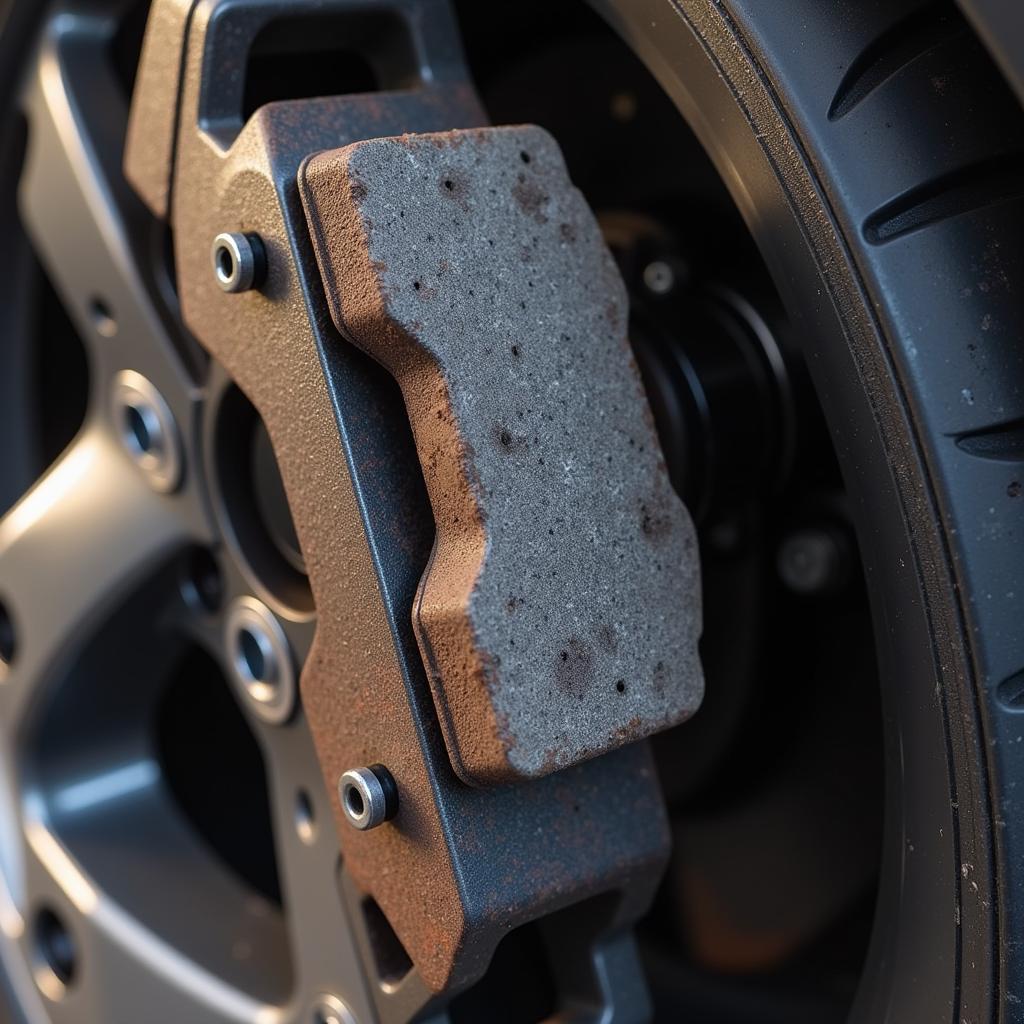“The radio’s gone silent!” It’s a phrase uttered by countless car owners, and it can quickly turn your daily commute into a frustrating experience. Whether you’re a DIY enthusiast or just want to understand the basics before seeking professional help, this guide will shed light on the mystery behind your car radio wiring diagram and equip you with the knowledge to diagnose common audio system problems.
Understanding the Heart of Your Car Audio System
Before we dive into wiring diagrams, it’s important to grasp the fundamental components that make up your car audio system. These typically include:
- Head Unit: The brain of your audio system, controlling everything from radio stations to Bluetooth connectivity.
- Amplifier: Boosts the audio signal from your head unit, delivering powerful sound to your speakers.
- Speakers: Convert the amplified electrical signals into audible sound waves.
- Wiring Harness: The network of wires that carry signals and power between all components.
Common Car Audio System Issues and Their Causes
A silent car radio can be a symptom of various issues. Let’s explore some common culprits:
- Blown Fuse: A simple yet frequent cause, often due to power surges or short circuits.
- Wiring Problems: Loose connections, damaged wires, or incorrect wiring can interrupt the flow of signals and power.
- Faulty Head Unit: Malfunctions within the head unit itself can lead to a complete loss of audio output.
- Speaker Problems: Blown speakers or damaged wiring to the speakers can result in no sound or distorted audio.
- Antenna Issues: If you’re experiencing poor radio reception, a faulty antenna or loose connection could be the culprit.
Diagnosing the Problem: Software & Visual Checks
Identifying the root cause is key to fixing your car audio woes.
- Check the Fuse Box: Locate your car’s fuse box (refer to your owner’s manual) and inspect the fuse associated with the audio system. A blown fuse will have a broken wire inside.
- Inspect the Wiring Harness: Carefully examine the wiring harness behind your car radio for any loose connections, damaged wires, or signs of wear and tear.
- Software Diagnostics: For more complex issues, particularly with modern vehicles, using a professional-grade OBD-II scanner can reveal diagnostic trouble codes (DTCs) related to your audio system.
Gearing Up for Car Audio Repair
If you’re comfortable with DIY repairs, gather these essential tools:
- Car Radio Wiring Diagram: Your roadmap to understanding the connections within your specific car model. (Find model-specific diagrams online or in repair manuals)
- Multimeter: A versatile tool for testing continuity, voltage, and resistance in your car’s electrical system.
- Wire Strippers/Cutters: Essential for working with wires.
- Electrical Tape: For securing and insulating electrical connections.
Following the Car Radio Wiring Diagram
Think of your car radio wiring diagram as a map. It illustrates:
- Wire Colors: Each wire in your car audio system is color-coded, and the diagram will indicate which color corresponds to specific functions (e.g., power, ground, speaker outputs).
- Pin Connections: The diagram will show the pin locations on your head unit and speakers, ensuring you make the correct connections.
- Ground Points: A crucial part of any electrical system, the diagram will identify suitable grounding points in your vehicle.
Expert Insights
“Understanding the basics of car electronics and knowing where to find reliable information like wiring diagrams can save you a lot of time and money in the long run,” says automotive electronics expert, Dr. Emily Carter, author of “The Complete Guide to Automotive Electronics.”
FAQs: Car Radio Wiring and Diagnostics
Q: Where can I find a reliable car radio wiring diagram for my specific vehicle?
A: Online resources like CarDiagTech (https://cardiagtech.com/) offer a wide range of car radio wiring diagrams. You can also find them in your car’s service manual or through reputable automotive information websites.
Q: Can I use a generic wiring harness adapter for my new car radio?
A: While generic adapters exist, using a wiring harness specifically designed for your car model is highly recommended. It ensures proper connections and compatibility, minimizing the risk of electrical problems.
Q: What should I do if I suspect a problem with my car’s computer system affecting the audio?
A: For complex issues involving your car’s computer system, it’s best to consult a qualified automotive electrician or dealership. They have the expertise and specialized diagnostic tools to address these problems effectively.
Get Your Audio System Back on Track
Remember, a silent car radio isn’t the end of the road. By arming yourself with knowledge and the right tools, you can often diagnose and resolve common car audio issues. However, if you’re unsure about any aspect of car electronics, don’t hesitate to seek professional help. Contact CARDIAGTECH today for expert advice and solutions for all your automotive diagnostic and repair needs.

